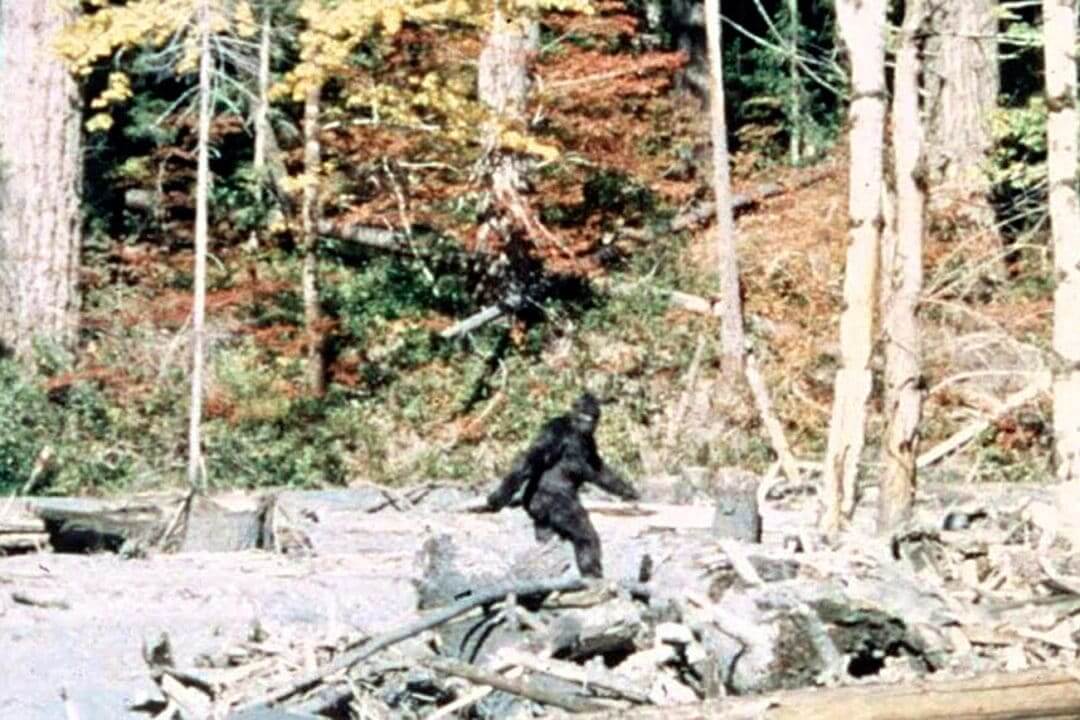In the annals of cryptozoology, few images are as iconic as the infamous frames captured on film by Roger Patterson and Bob Gimlin in the autumn of 1967. Reverberating through popular culture, the Patterson-Gimlin film has transcended the bounds of mere curiosity, prompting both fervent belief and skeptical inquiry into the existence of Sasquatch, colloquially referred to as Bigfoot. This article endeavors to explore the intricate tapestry of cultural relativism as it pertains to the figures of Patterson and Gimlin, positioning their contributions within the broader paradigm of human understanding and belief systems.
Roger Patterson, an aspiring documentary filmmaker, and Bob Gimlin, a rancher and close companion, embarked on an adventure that would unwittingly cement their names in the lore of cryptozoology. Their journey into the crepuscular canyons of Bluff Creek, California, on October 20, 1967, did not merely yield a film; it invigorated a discourse surrounding the intersections of belief, culture, and the pursuit of the unknown. Viewed through the lens of cultural relativism, the film encapsulates a moment where local folklore, scientific inquiry, and media sensationalism coalesce.
Cultural relativism posits that one’s beliefs and values must be understood within their own social context, challenging the universalism often attributed to Western epistemologies. The Bigfoot phenomenon is deeply ensconced in various indigenous mythologies and oral traditions throughout North America. Such narratives frame Sasquatch as more than a mere creature; it emerges as a symbol of wilderness, a testament to human encounters with the enigmatic forces of nature. For indigenous tribes, Sasquatch represents a spiritual entity, a kinship with the natural world that extends beyond mere human perception.
The accounts of Patterson and Gimlin resonate poignantly with these pre-existing cultural frameworks. Their film captures an entity that, for some, is an embodiment of an ancient narrative, thus augmenting its significance beyond the physicality of the creature itself. By examining the tribal lore surrounding Sasquatch, one can appreciate how Patterson and Gimlin’s portrayal transcends anecdotal evidence, inviting discourse that elevates the wild and the unknown into the realm of cultural significance.
Furthermore, the film prompted a paradigm shift in the manner in which anthropologists and researchers approach the study of folklore and cryptids. The fervor that surrounded the release of the film catalyzed an academic interest that intersected the domains of anthropology, psychology, and sociology. Scholars began considering Sasquatch not solely as a biological anomaly, but as a cultural artifact that embodies human anxieties, aspirations, and the archetypal confrontation with the ‘other.’
In juxtaposition, the skepticism embodied by segments of the scientific community warrants examination. Skeptics have often dismissed the Patterson-Gimlin film as a hoax, drawing attention to purported inconsistencies in the footage and the motivations behind its creation. Such critiques serve to illuminate a broader cultural discourse on the legitimacy of folklore versus empirical science. This dichotomy reflects longstanding tensions between traditional knowledge systems and the scientific method, further complicating the narrative surrounding the existence of entities like Bigfoot.
Instead of merely dismissing the film as fabricated, the skeptical response can be understood as reflective of a modernist ethos—an aversion to mythical constructs that transcend empirical evidence. The insistence on rationality and skepticism negates the value of cultural narratives that embrace the unknown, thereby diminishing the potential for a nuanced understanding of human interactions with the unexplained. The cultural relativism perspective challenges this approach, positing that the beliefs and experiences surrounding Sasquatch ought to be considered valid within their own cultural contexts.
The subsequent proliferation of Bigfoot folklore, documentaries, and media portrayals significantly intertwines with Patterson and Gimlin’s legacy. Their film has become a catalyst for both myth-making and cultural exploration. Within urban settings, the phenomenon of Bigfoot has morphed into a symbol of adventure, rebellion against the mundane, and a craving for connection with the primal aspects of life. Retailers, businesses, and media outlets capitalize on this fascination, further entwining popular culture with the primal narratives the film has invoked.
In examining the lives of Roger Patterson and Bob Gimlin, one must also consider the implications of their actions on contemporary understandings of folklore and belief systems. While ostensibly simple filmmakers, their motivations can be seen as emblematic of a deeper quest: the endeavor to capture what lies beyond the veil of established knowledge. In a sense, they represent the archetype of the earnest seeker—individuals striving to bridge the realms of reality and myth.
In conclusion, the legacies of Patterson and Gimlin serve as a vibrant illustration of cultural relativism in action. Their film not only showcases an enigmatic creature but also invites a multitude of interpretations shaped by cultural, social, and personal significances. As the discourse around Bigfoot continues to evolve, the implications of their work extend beyond mere skepticism or belief; they invite a deeper understanding of how humans engage with the unknown. Through the lens of their endeavor, we gain insight into our collective psyche and the complex tapestry of mythos we weave. The Patterson-Gimlin film stands, not solely as a cultural artifact but as a testament to the enigmatic interplay between humanity and the vast, uncharted territories of existence.
